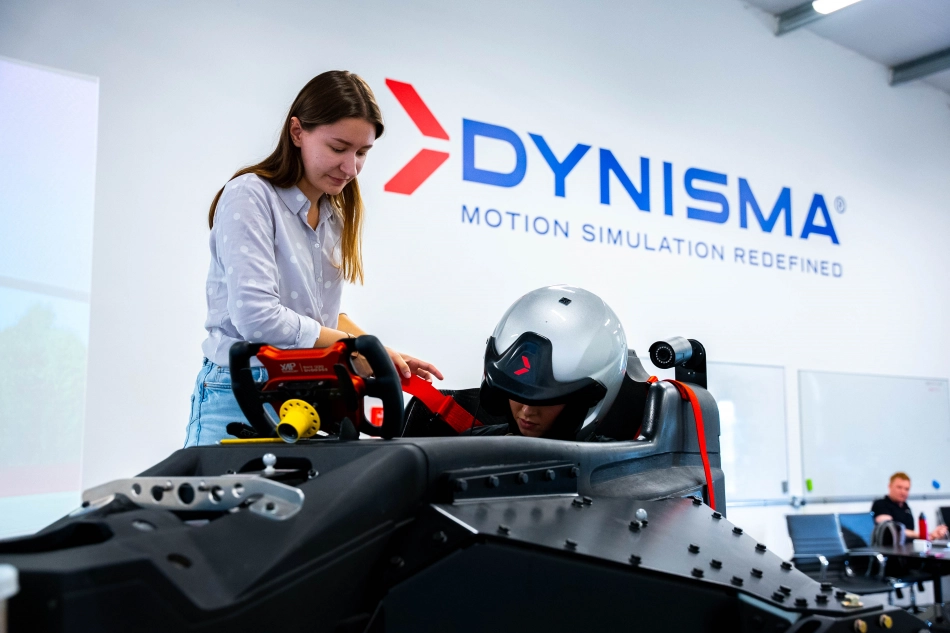The 2025 Formula One season is shaping up to be a spectacle unlike any seen in recent decades, with pundits predicting a fiercely competitive championship battle. The much-anticipated season is already generating significant buzz, fuelled by high-profile moves such as Lewis Hamilton’s transfer to Ferrari.
Amidst the escalating excitement, a North Somerset-based company, Dynisma, is playing a pivotal role in the relentless pursuit of performance by Ferrari and other F1 teams. Situated on the outskirts of Bristol, Dynisma specialises in building what they describe as “the most realistic F1 simulator money can buy”.
In the modern era of Formula One, simulators have become indispensable tools for teams seeking a competitive edge. Dynisma notably led the project to custom-build Ferrari’s latest simulator in 2021 and has since collaborated with numerous teams across Formula 1, Formula 2, Formula E, the World Endurance Championship, and the International Motorsport Association (IMSA), as well as a growing number of global automotive manufacturers.
While Ferrari’s simulator was a bespoke creation, Dynisma also offers a commercially available F1-spec ‘motion generator’, widely regarded as the best in the world, second only to the one built for the Italian racing giants.
Founded in 2017 by Bath-born engineer and CTO Ash Warne, a former driving simulation specialist at McLaren and Ferrari, Dynisma is experiencing rapid growth. The company has created over 50 new jobs in 2024 alone to meet the surging demand for its motion simulators, boasting a robust order book for 2025 and beyond.
“I founded Dynisma with the idea that we could create better performance than the current generation of driver simulator technologies,” says Warne, an alumnus of the Insider 42 under 42 list. “I started out by building a prototype at home to prove that we could create a system that had higher bandwidth and lower latency than what was on the market, and these elements are still the USPs that we have with Dynisma’s products today.
“The amount of information that you can put through our motion systems makes it feel incredibly realistic. We can provide movements through our simulator within 3 to 5 milliseconds, whereas many of our competitors have 20 – 50 milliseconds of latency, which in the context of what humans can perceive is massive. In a motorsport context for a driver, 50 milliseconds is like night and day.”
Image source: Dynisma










